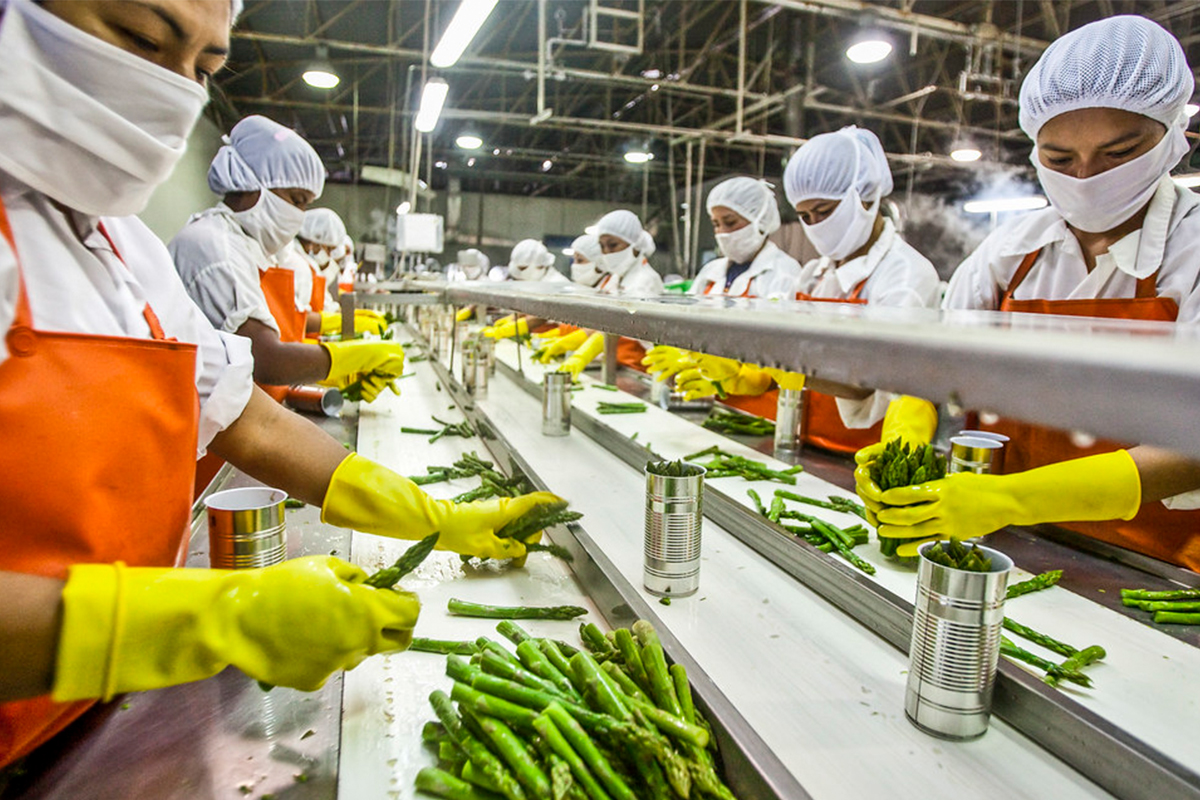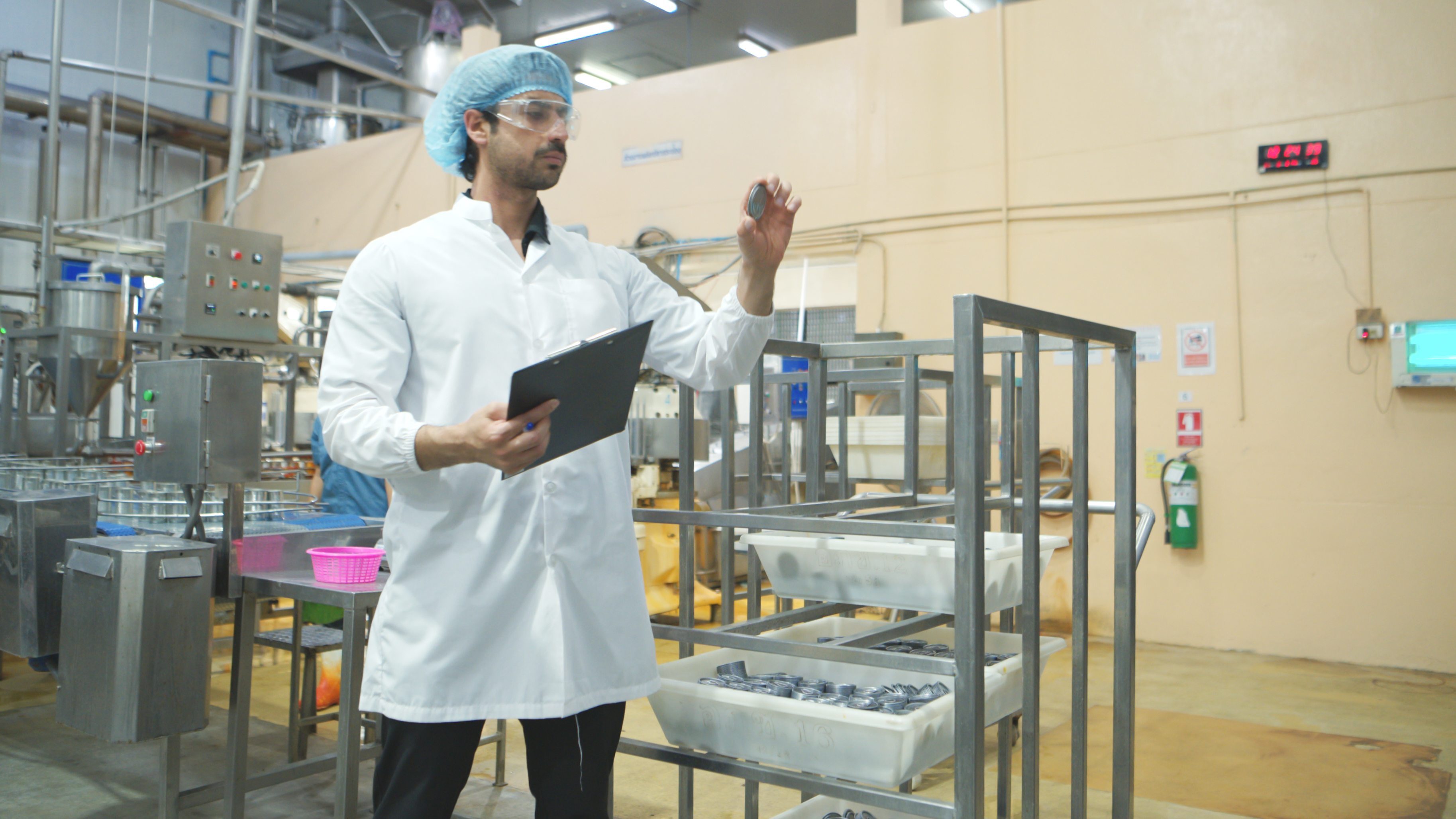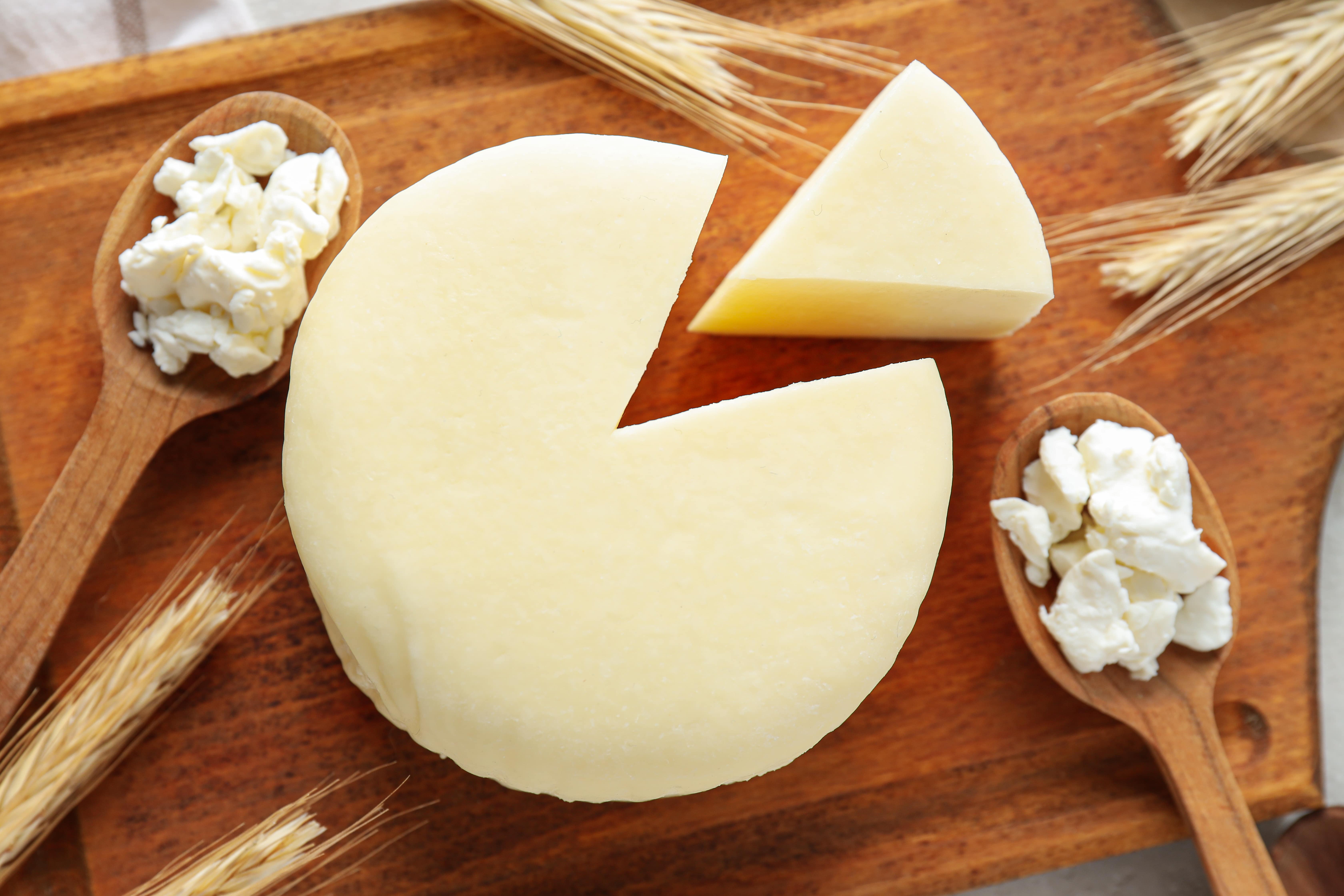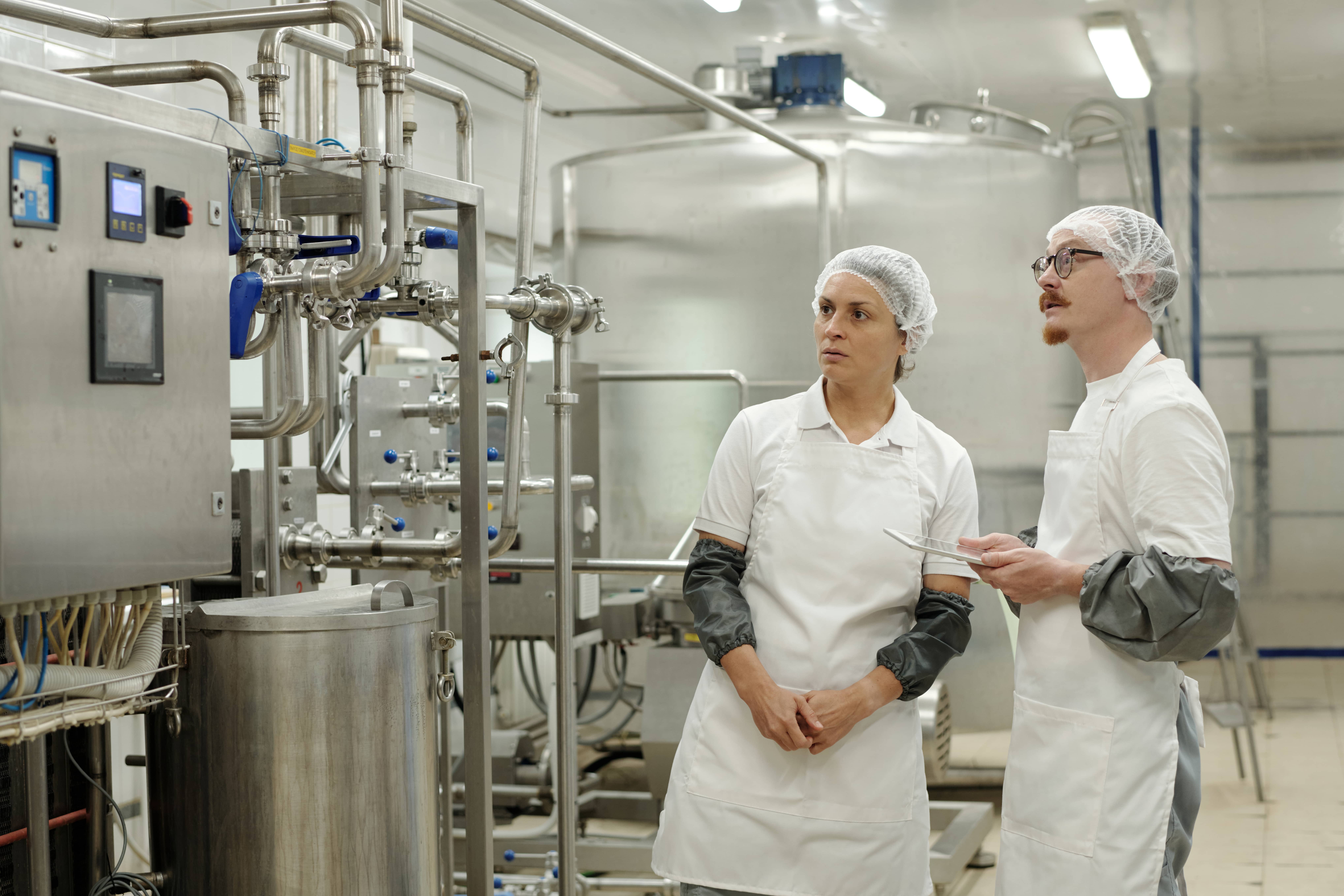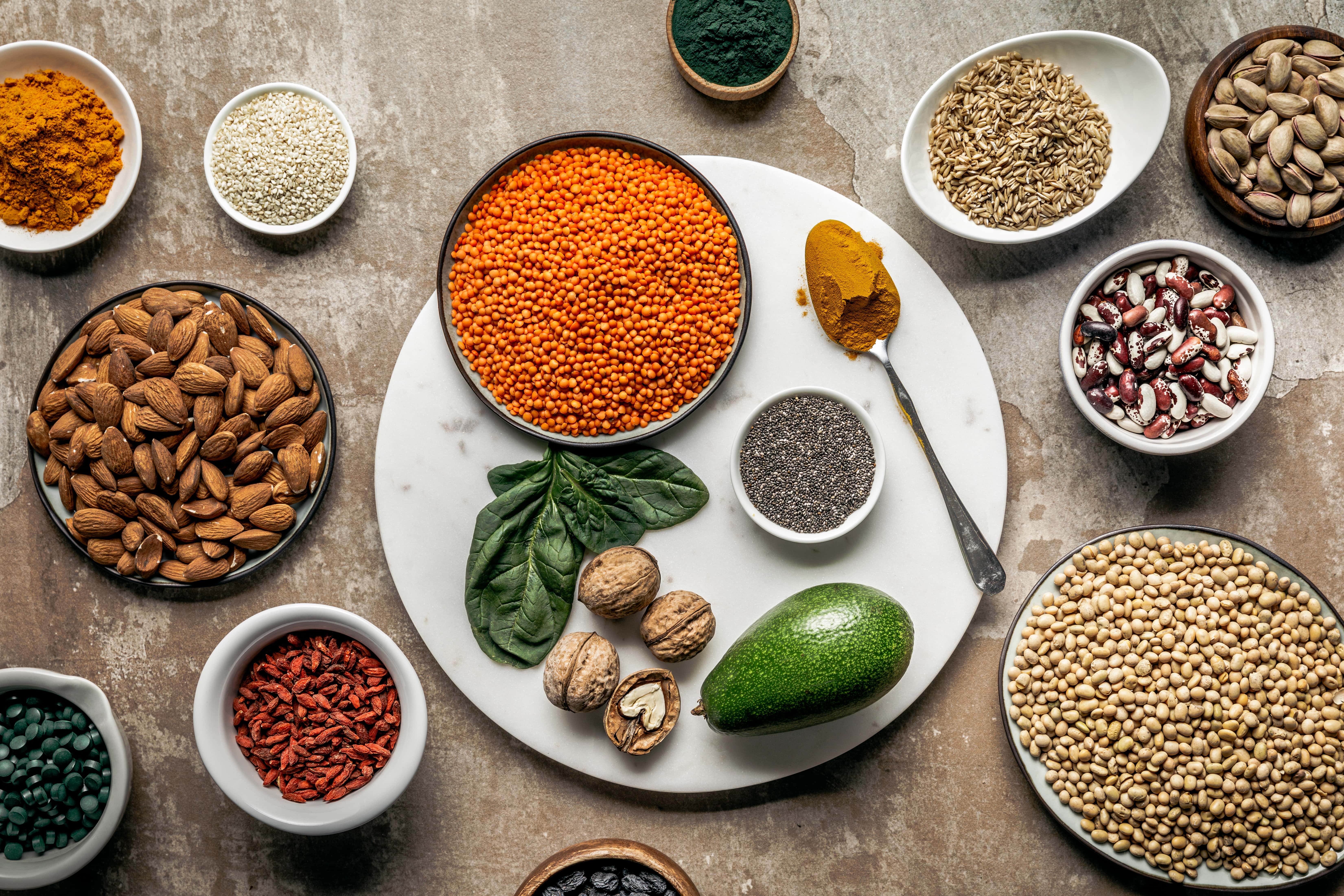Last Updated on November 21, 2025 by Admin
Table of Contents
- Importance of Food Processing Industries in India
- Understanding the Scope of the Food Processing Industry in India
- 2.1 Abundance of Agricultural Resources
- 2.2 Rising Demand for Processed Food
- 2.3 Favourable Government Initiatives
- 2.4 Growing Food Export Potential
- 2.5 Rapid Technological Advancements in food processing
- 2.6 Employment Generation
- 2.7 Growing Requirement of FPI with the Increasing Population
- 2.8 Importance of FPI in Rural Areas
- 2.9 Growing Demand of Processed Spices Globally
- Objectives of Food Processing
- Challenges to Food Processing Industry in India
- Examples of Food Processing
- Role and Scope of AI in the Food Industry
- Conclusion
- FAQs
Have you ever wondered how food processing industry in India has experienced remarkable ascent due to rapid technological advancements and ever-changing consumer demands? India’s food processing industry has witnessed significant growth over the years, transforming the landscape of the agricultural and manufacturing sectors. With its rich agricultural resources and diverse food culture, the country has become a hub for food processing activities. In this article, we will look into the scope of the food processing industry in India, its objectives, and some practical examples of food processing.
Importance of Food Processing Industries in India
The significance of food processing industries in India is apparent in minimising food spoilage, extending its commercial duration, and magnifying the value of agricultural products. These industries enhance the income of farmers, generate new job opportunities, and facilitate progress in the countryside. They also help with the country’s exports and food security. The food processing industry’s contribution as a link between the farmers and the market enhances both the economic growth and nutrition level of India.
Understanding the Scope of the Food Processing Industry in India
The food processing industry in India holds immense potential and plays a crucial role in the country’s economy. It encompasses various stages of transforming raw agricultural products into processed and marketable food products. Some key aspects that highlight the scope of food processing are:
Abundance of Agricultural Resources
India boasts abundant agricultural resources, with a diverse range of crops and fruits grown throughout the country. This abundance provides a steady supply of raw materials for the food processing industry, fostering its growth.
Rising Demand for Processed Food
The changing lifestyles and preferences of the Indian population have increased demand for convenient and ready-to-eat food products. It has driven the food processing industry’s growth, catering to consumers’ changing dietary habits.
Favourable Government Initiatives
The Indian government has been actively promoting the food processing industry through various schemes and policies such as such as Production Linked Incentive Scheme for Food Processing Industry (PLISFPI), Pradhan Mantri Krishi Sinchayee Yojana (PMKSY), Pradhan Mantri Formalisation of Micro Food Processing Enterprise (PM FME), offering financial incentives and subsidies to encourage investment in this sector.
Growing Food Export Potential
As reported by APEDA, India’s exports of Processed Food were Rs. 59,580.72 Crores in 2022-23 showcasing that India’s food processing industry has witnessed a surge in exports as the country’s processed food products gain popularity in international markets. This trend further boosts the growth and potential of the industry.
Rapid Technological Advancements in food processing
Rapid technological advancements have enabled the food processing industry to adopt modern and efficient methods, leading to improved production processes and higher-quality products.
Employment Generation
The food processing industry is a significant source of employment, providing opportunities to millions of people, especially in rural areas, contributing to economic development and poverty reduction.
Growing Requirement of FPI with the Increasing Population
India’s population is rising rapidly. This rise in population is also escalating the demand for food items at an unprecedented rate. The increasing demand necessitates a significant increase in Food Processing Industries (FPIs) to ensure food security and meet the growing demand of the increasing population.
Importance of FPI in Rural Areas
Establishment of FPIs in rural areas of India is crucial. This is because it uses local resources efficiently which reduces labour and other costs. It also enhances the employment opportunities for rural people. Recognising the potential, the Government of India has allocated INR 2000 crores to support FPIs and Food Parks development in these regions.
Growing Demand of Processed Spices Globally
India is a leading exporter of spices. It significantly ships these food products abroad. FPIs play a crucial role in the processing of spices to increase their shelf life. So, FPIs significantly help with the global transportation of spices. In the financial year 2021, India exported spices worth $ 4 billion.
Objectives of Food Processing
The food processing industry has several objectives, each contributing to the overall growth and development of the sector. Some key objectives of food processing include:
- Value Addition: One of the primary objectives of food processing is to add value to raw agricultural products. By processing and packaging them, the value of these products increases, making them more marketable and profitable.
- Preservation of Perishable Foods: Food processing techniques such as canning, freezing, and dehydration help in preserving perishable foods for extended periods, reducing post-harvest losses and ensuring a steady supply of food throughout the year.
- Enhanced Food Safety: Food processing involves various safety measures like pasteurization and sterilization, which eliminate or reduce harmful microorganisms, ensuring food safety and minimizing the risk of foodborne illnesses.
- Diversification of Food Products: Food processing allows for creating a wide range of food products by combining and modifying ingredients, catering to diverse consumer preferences and tastes.
- Reduction of Food Waste: By utilizing surplus or imperfect produce, food processing helps reduce food wastage, contributing to sustainable agricultural practices and resource conservation.
- Meeting Consumer Demands: The food processing industry aims to meet consumers’ ever-changing demands and expectations by providing innovative and convenient food products.
Challenges to Food Processing Industry in India
Some of the most common challenges to the food processing industry in India are as follows:
- Lack of cold chain and storage– India has inadequate cold storage and transportation facilities. This results in severe loss of post-harvest perishable goods.
- Fragmented supply chain– India has a highly fragmented supply chain. Such chains lead to inefficiencies and increased costs. The poor rail and road infrastructure is a significant challenge in India.
- Complex regulations– Businesses find it difficult to navigate the complex web of licences, regulations and permits.
- Safety concerns– Ensuring quality and food safety is another challenge in India.
Examples of Food Processing
- Canning: Canning is a popular food processing method for preserving fruits, vegetables, and seafood. The food is sealed in airtight containers and heated to destroy clostridium botulinum- anaerobic spore forming bacteria mostly found in cans, which possess as a concern for public health, ensuring a longer shelf life.
- Freezing: Freezing is widely used to preserve fruits, vegetables, meat, and seafood. It helps retain nutritional value while extending its storage life.
- Pasteurization: This process involves heating milk and other beverages to a specific temperature to kill harmful pathogens (For example: coxiella bernetii in milk pasteurization serves as an index microorganism, being the most heat-labile microorganism of public health significance) while maintaining the product’s taste and quality.
- Dehydration: Dehydration involves partial removal of the water content from fruits, vegetables, and herbs, preserving them in a lightweight and shelf-stable form.
- Fermentation: Fermentation is used to produce products like yoghurt, cheese, and pickles, enhancing their taste, texture, and shelf life through natural processes.
- Baking and Cooking: Baking and cooking are other examples of food processing used to create baked goods, ready-to-eat meals, and other culinary delights.
- High-Pressure Processing (HPP): This method involves using a cold pasteurization process where products packed in their final container are placed in a chamber and exposed to intense isostatic pressure. This technique not only prolongs the product’s shelf life but also guarantees food safety without resorting to chemicals or extreme heat.
- Aseptic Packaging: A technology where the food product and the packaging material are sterilized separately and combined in a sterile environment. This process ensures a longer shelf life and retains the nutritional quality of the food product.
- Pulsed Electric Field Processing (PEF): By applying short pulses of electric fields, PEF induces poration on cell membranes, enhancing mass transfer during processes like drying, extraction, or freezing. It’s precious for the potato industry and juice extraction.
- Microwave-Assisted Thermal Sterilization (MATS): A preservation technique that combines microwave heating with conventional heat to sterilize food products faster than traditional methods, ensuring high nutrient retention.
Role and Scope of AI in the Food Industry
- Quality Control: AI-powered vision systems can inspect and ensure the quality of food products at a pace and accuracy that humans can’t match.
- Supply Chain Efficiency: AI can predict demand, optimize supply, and reduce wastage, ensuring a smooth supply chain.
- Personalized Nutrition: AI can analyze an individual’s nutritional needs and preferences, paving the way for customized food products.
- Food Safety: AI algorithms can detect anomalies or contaminants in food products, ensuring food safety.
- Predictive Maintenance: AI can predict when machinery and equipment might fail, reducing downtime and ensuring consistent production.
- Innovative Recipes: AI can assist in creating new recipes by analyzing flavour profiles, nutritional content, and consumer preferences.
Read Also: Different Types and methods involved in Food Processing
Conclusion
The scope of the food processing industry in India presents an exciting and promising landscape driven by abundant agricultural resources, changing consumer preferences, and government support. With its diverse food products, advanced technology, and growing export potential, this industry thrives and contributes significantly to the country’s economic growth.
By focusing on its objectives of value addition, food safety, and waste reduction, the food processing industry ensures the availability of safe, nutritious, and innovative food products that cater to consumers’ diverse tastes and demands. By embracing the rapid technological advancements and sustainable practices, the scope of the food processing industry in India is poised to reach greater heights, becoming a vital player in the global food market.
FAQs
_________________________________________



